Human polymorphisms with derived alleles that are protective against disease may provide powerful translational opportunities. Here we report a method to identify such candidate polymorphisms and apply it to common non-synonymous SNPs (nsSNPs) associated with common diseases. Our study also sought to establish which of the identified protective nsSNPs show evidence of positive selection, taking this as indirect evidence that the protective variant has a beneficial effect on phenotype. Further, we performed an analysis to quantify the predicted effect of each protective variant on protein function/structure. An initial analysis of eight SNPs previously identified as associated with age-related macular degeneration (AMD), revealed that two of them have a derived allele that is protective against developing the disease. One is in the complement component 2 gene (C2; E318D) and the other is in the complement factor B gene (CFB; R32Q). Then, combining genomewide ancestral allele information with known common disease-associated nsSNPs from the GWAS catalog, we found 32 additional SNPs which have a derived allele that is disease protective. Out of the total 34 identified candidate protective variants (CPVs), we found that 30 show stronger evidence of positive selection than the protective variant in lipoprotein lipase (LPL; S447X), which has already been translated into gene therapy. Furthermore, 11 of these CPVs have a higher probability of affecting protein structure than the lipoprotein lipase protective variant (LPL; S447X). We identify 34 CPVs from the human genome. Diseases they confer protection against include, but are not limited to, type 2 diabetes, inflammatory bowel disease, age-related macular degeneration, multiple sclerosis and rheumatoid arthritis. We propose that those 30 CPVs with evidence of stronger positive selection than the LPL protective variant, may be considered as priority candidates for therapeutic approaches. The next step towards translation will require testing the hypotheses generated by our analyses, specifically whether the CPV arose from a gain-of-function or a loss-of-function mutation.
